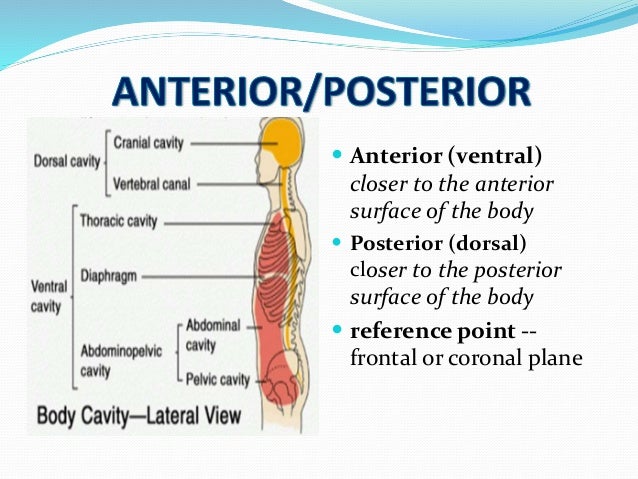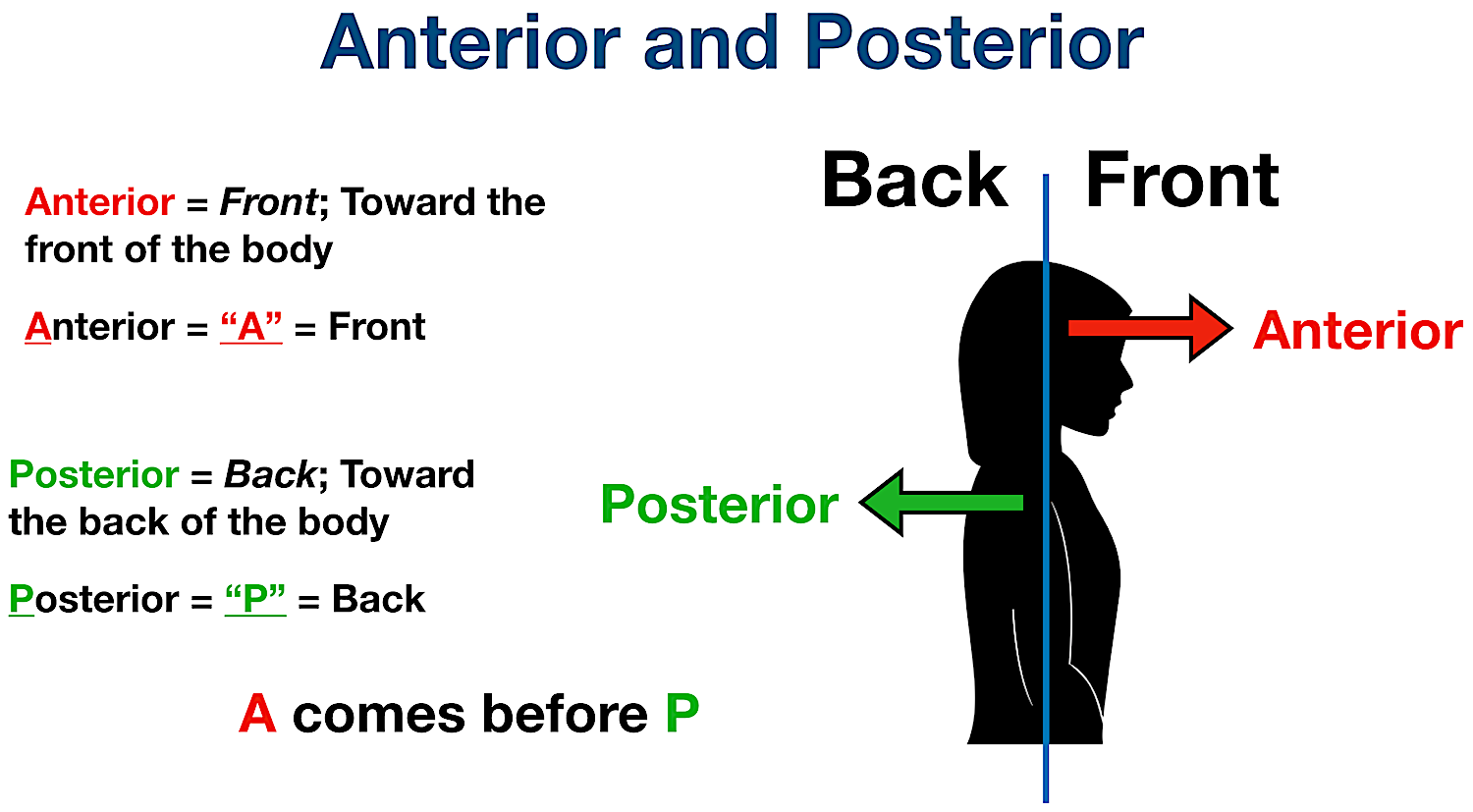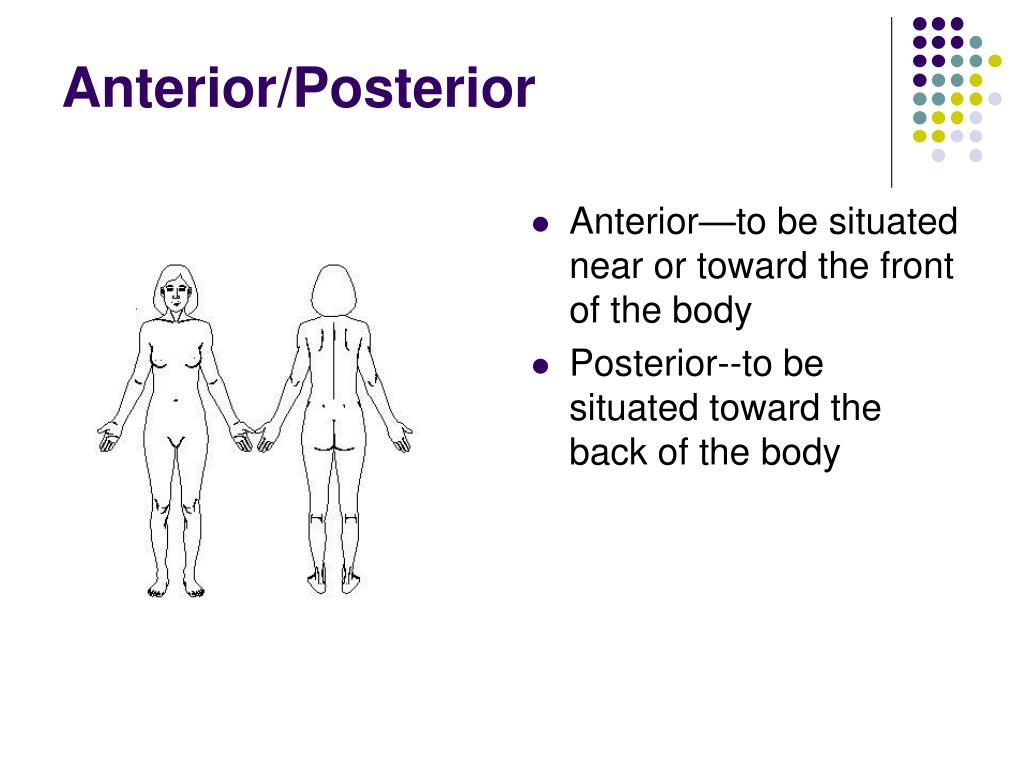Anterior Tibialis Muscle - Your Front Shin's Best Friend
Have you ever thought about the quiet workers in your body, the ones that help you move around without much fuss? There's a particular muscle right at the front of your lower leg, a real workhorse, that helps you do so many everyday things. It's often overlooked, yet it plays a pretty big part in how you walk, run, and even just stand still. This muscle, known as the anterior tibialis, is basically your shin's main helper, and knowing a little bit about it can actually make a difference in how you feel and move each day.
This muscle, the anterior tibialis, gets its name from its spot on your body. When we talk about something being "anterior," we're simply talking about its position. It's about being at the front, or toward the front, of something. Think of it like this: if you're looking at your body from the front, anything you see first is considered anterior. So, this muscle is right there, out in the open, on the front part of your lower leg, which is a bit like saying it's the forward-facing muscle of your shin.
It's pretty interesting, too, how we use words like "anterior" in describing our body parts. It gives us a common way to talk about where things are, making it easier to picture. Just as your nose is anterior to your ears, this muscle sits at the front of your tibia, which is your shin bone. It's a key piece of your lower leg's structure, allowing for movements that you might take for granted every single time you take a step, you know?
- Unveiling The Mystery Who Is Spencer James Real Dad In All American
- Unveiling The Life Of Angel Iris Murphy Brown
- Unraveling The Mystery Of Jake Gyllenhaals Height In Feet
- Unraveling The Mystery What Happened To Tamron Hall
- Exploring The Mystique Of The 20 April Star Sign
Table of Contents
- What Does "Anterior" Really Mean for Your Leg?
- Why is Your Anterior Tibialis Muscle a Big Deal?
- How Does This Muscle Help You Walk and Run?
- Are There Common Problems with the Anterior Tibialis Muscle?
- What Can You Do to Support Your Anterior Tibialis Muscle?
What Does "Anterior" Really Mean for Your Leg?
When we use the word "anterior," especially when talking about our bodies, it simply means something is located at the front, or facing forward. It's a term that helps us figure out where things are in relation to other parts. For instance, your chest is anterior to your back. It's a way to describe position, making it easier to talk about different body parts without getting mixed up, you know?
This idea of "anterior" helps us place things in context. The heart, for example, is anterior to your spine, sitting closer to the front of your body. In the same way, the front part of your leg is considered anterior. This simple concept helps us understand the placement of various body structures, and it's pretty useful for anyone trying to describe where a muscle or bone sits. It’s a very basic yet very important way to talk about location.
So, when we say "anterior" in the context of the anterior tibialis muscle, it means this muscle lives on the front side of your lower leg. It’s right there on your shin. This is different from muscles that might be on the back of your leg, which would be called "posterior." It’s all about direction and where things are positioned on your frame, which is kind of helpful for everyone, really.
- Exploring The Cinematic Journey Of Seargeoh Stallone
- Unraveling The Mystery Who Is Kellen Moores Wife
- Elon Musks Wife 2024 A Look Into His Personal Life
- Discovering Camilla Araujo A Rising Star In The Spotlight
- Unveiling Ray Benzinos Net Worth A Journey Through His Life And Career
Pinpointing the Anterior Tibialis Muscle
The anterior tibialis muscle is easy to find if you just feel the front of your shin. It starts near the top of your shin bone, the tibia, and then it runs all the way down to the inner side of your foot. It's the most prominent muscle you can feel on the front of your lower leg, pretty much running alongside your shin bone. You can actually feel it contract if you lift your toes toward your body, which is a neat trick.
This muscle, the anterior tibialis muscle, is shaped somewhat like a long, thick strip, and it has a pretty distinct path. It goes from a spot on the outer part of your shin bone, wraps around the front, and then its tendon crosses over your ankle joint to attach to certain bones in your foot. This arrangement is what allows it to perform its main duties, which we’ll talk about a little later. It’s basically a long, slender helper for your foot and ankle, so.
Knowing exactly where the anterior tibialis muscle is located helps us understand what it does. Its position on the front of the leg, crossing the ankle, gives it the perfect setup to pull the foot upwards. It’s a bit like a rope and pulley system, where the muscle acts as the rope, pulling on the foot bones. This specific spot is what makes it so important for everyday movements, as a matter of fact.
Why is Your Anterior Tibialis Muscle a Big Deal?
The anterior tibialis muscle might not get as much attention as some of the bigger, more flashy muscles, but it’s a really important player in how you get around. Think about every step you take, every time you stand up, or even just keep your balance. This muscle is quietly working in the background, making sure your foot and ankle can do what they need to do. It’s pretty much essential for keeping you upright and moving smoothly, you know?
Without a healthy anterior tibialis muscle, simple actions like walking would become quite a bit more difficult. It helps to lift your foot off the ground when you take a step, preventing your toes from dragging. This might seem like a small thing, but it’s what keeps you from tripping over your own feet. It also helps to control how your foot lands, absorbing some of the impact, which is very helpful for your joints.
This muscle also plays a part in keeping your arches supported and stable. When you stand or walk, the anterior tibialis muscle helps to maintain the position of your foot, preventing it from collapsing inward. This contributes to overall foot health and can affect everything from your knees to your back. It’s a surprisingly influential muscle, really, considering its size and typical lack of public recognition.
The Everyday Work of the Anterior Tibialis Muscle
Every single day, your anterior tibialis muscle is putting in work. When you walk, it lifts the front part of your foot, allowing your toes to clear the ground. This action, often called dorsiflexion, is absolutely key for a normal walking pattern. Without it, you’d be dragging your feet, which can lead to falls and a very awkward way of moving, too it's almost.
Consider going up stairs or walking on uneven ground. The anterior tibialis muscle helps you adjust your foot position, giving you better control and preventing slips. It works with other muscles to ensure your foot is stable and adaptable to different surfaces. It’s like a tiny, built-in shock absorber and stabilizer for your foot, making sure you stay on your feet when things get a little bumpy.
Even when you're just standing still, the anterior tibialis muscle is doing its job. It helps to keep your balance by making small adjustments to your foot position. It also helps to control the lowering of your foot when you put it down, like when you're walking downhill or slowly lowering your heel. This controlled movement is just as important as lifting the foot, making sure you don't just plop your foot down with a thud, so.
How Does This Muscle Help You Walk and Run?
The anterior tibialis muscle is a primary mover for several key actions that are vital for walking and running. Its main job is to pull the top of your foot toward your shin. This action is what lets your toes get off the ground as you swing your leg forward during a step. Without this lift, your foot would hit the ground awkwardly, which is obviously not ideal for smooth movement.
When you run, the anterior tibialis muscle becomes even more active. It not only lifts your foot but also helps to control the landing. As your foot comes down, this muscle works to gently lower your foot, preventing it from slapping the ground too hard. This controlled descent helps to absorb the impact of running, which is pretty important for protecting your joints and making your stride more efficient, as a matter of fact.
It also plays a role in quick changes of direction. When you need to pivot or stop suddenly, the anterior tibialis muscle helps to stabilize your ankle and foot, giving you a firm base to push off from or stop on. It works in concert with other muscles in your lower leg to create a strong and flexible foundation for all sorts of dynamic movements. It’s a pretty adaptable muscle, really, helping with both slow, deliberate steps and quick, athletic bursts.
Understanding the Actions of the Anterior Tibialis Muscle
The main action of the anterior tibialis muscle is what’s called dorsiflexion of the ankle. This is when you bring your foot up towards your body, like when you're trying to point your toes to the ceiling while lying down. This movement is absolutely necessary for clearing your foot during the swing phase of walking and running, allowing you to avoid tripping. It’s a simple action, but one that is constantly in use, you know?
Beyond just lifting the foot, the anterior tibialis muscle also helps with inversion of the foot. This means it helps to turn the sole of your foot inward, towards your other leg. While dorsiflexion is its primary job, this inversion action helps to fine-tune foot placement and provides additional stability, especially when walking on uneven ground. It's a bit like having a steering wheel for your foot, allowing for small adjustments as needed.
Furthermore, this muscle helps to support the arch of your foot. By pulling up on certain bones in your foot, it contributes to maintaining the foot's natural shape. A healthy arch is important for distributing weight evenly across your foot and absorbing shock. So, in a way, the anterior tibialis muscle is also a foundational support system for your entire foot, which is quite a lot of responsibility for one muscle, actually.
Are There Common Problems with the Anterior Tibialis Muscle?
Like any muscle that gets a lot of use, the anterior tibialis muscle can sometimes run into trouble. One of the most common issues people experience is what’s often called "shin splints." This is a general term for pain along the shin bone, and it can sometimes involve this muscle, especially if it's overworked or not properly conditioned. It’s a pretty common complaint among runners and people who spend a lot of time on their feet, you know?
Another issue that can affect the anterior tibialis muscle is a feeling of weakness or fatigue. If the muscle isn't strong enough, or if it gets tired too quickly, it might struggle to lift your foot properly. This can lead to what some people call "foot drop," where the foot slaps down when you walk because the muscle can't control its descent. This can make walking feel much harder and even cause you to trip more often, so.
Sometimes, the tendon of the anterior tibialis muscle can become inflamed or irritated, a condition known as tendinitis. This usually happens from overuse or sudden increases in activity without proper preparation. It can cause pain right where the muscle connects to the foot or along the shin. It’s basically the muscle's way of telling you it's had enough and needs a break or a bit more support, as a matter of fact.
What Happens When Your Anterior Tibialis Muscle Needs Attention
When the anterior tibialis muscle is struggling, you might notice a few signs. Pain along the front of your shin, especially during or after physical activity, is a big clue. You might also feel a general ache or tenderness when you press on the muscle. Sometimes, the pain can be quite sharp, particularly if you're trying to push off or land on your foot.
Weakness in the anterior tibialis muscle can also show up as difficulty lifting your toes or the front of your foot. You might find yourself dragging your toes more often, or your foot might feel heavy. This can make going up stairs or walking on uneven surfaces feel much more challenging than usual. It’s a sign that the muscle isn't able to perform its lifting job as effectively as it should, you know?
If you experience any of these signs, it's generally a good idea to give your anterior tibialis muscle a little extra care. This might mean resting, trying some gentle stretches, or even applying ice to the area to help with any discomfort. Paying attention to these signals can help you avoid bigger problems down the line and keep your lower legs feeling good, which is very important for overall movement.
What Can You Do to Support Your Anterior Tibialis Muscle?
Keeping your anterior tibialis muscle in good working order is pretty straightforward, and it involves a mix of smart practices. Regular movement is key, but it's important to make sure you're not overdoing it, especially if you're new to an activity or increasing your intensity. Giving your muscles time to adjust and recover is a big part of keeping them happy and healthy, you know?
One simple way to support this muscle is through targeted exercises. Things like toe raises, where you stand with your heels on the ground and lift just your toes and the front of your foot, can help to strengthen it. You can also try walking on your heels for short distances. These types of movements directly work the anterior tibialis muscle, helping it to build strength and endurance, which is pretty useful.
Stretching is also important. Gently stretching the front of your shin can help to keep the muscle flexible and reduce tightness. You can do this by kneeling on the floor with your feet pointed backward and then slowly leaning back, feeling the stretch along the front of your shins. Just be sure to go easy and not push into any pain, as a matter of fact.
Keeping Your Anterior Tibialis Muscle in Good Shape
Wearing proper footwear can make a huge difference for your anterior tibialis muscle. Shoes that offer good support and cushioning can help to absorb impact and reduce stress on your lower legs. If your shoes are old or worn out, they might not be providing the support you need, which can put extra strain on this muscle and others, so.
Paying attention to your walking and running form can also help. Try to land softly and avoid overstriding, which can put more pressure on the front of your shins. Small adjustments to how you move can really help to distribute the workload more evenly across your leg muscles, which is a good thing for preventing overuse injuries, you know?
Finally, listening to your body is perhaps the most important thing. If you feel pain or discomfort in your anterior tibialis muscle, it’s a sign to slow down, rest, or try some of the gentle care methods mentioned. Don't try to push through significant pain, as that can lead to bigger problems. Giving your body what it needs to recover and adapt is how you keep all your muscles, including this vital one, working well for the long haul, actually.
This article has explored the anterior tibialis muscle, explaining its location as the "anterior" or front-situated muscle of the shin, drawing from the definition of "anterior" as being toward the front. We discussed its significant role in everyday movements like walking and running, particularly in lifting the foot and controlling its descent. The article also covered common issues such as shin splints and weakness
- Aaron Pierres Siblings A Closer Look At His Family Life
- Unveiling The Life And Journey Of Marcel Young
- Unraveling The Mystery Is Bellingham Single
- Exploring The Intricacies Of Caroline Stanburys Family History
- When Opportunities Slip The Story Behind Diggs Dropped Pass

Anatomical terms

Directional Terms Of The Body

PPT - Anatomical Terminology PowerPoint Presentation, free download